Pheasants are beautiful birds that you can raise in your yard. You can even raise them as pets.
But raising pheasants, which are not as popular as chickens and ducks, can come with some challenges. For example, you may not know the best feed for your birds.
It’s important to make sure you are feeding your birds the kinds of food that are best for their growth and health. So we have put together a complete guide to help you get started.
Table of Contents
1. Processed Feed
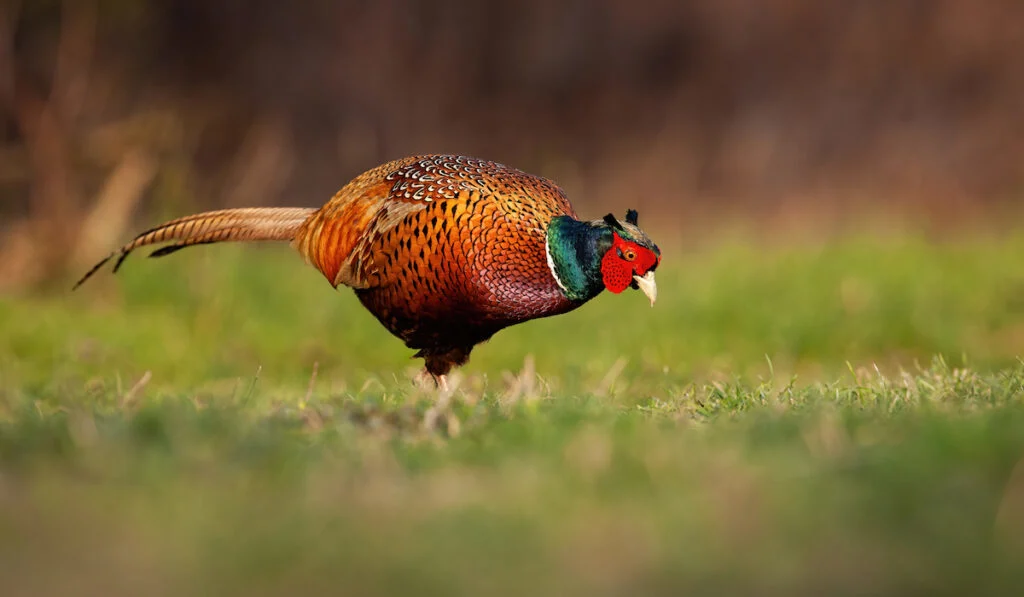
Pheasants need their proteins, and processed feed has a lot of proteins for them. You can look for pheasant-specific feed in a feed mill or get gamebird feed.
The table below shows the nutrient requirements of pheasants according to their age.
| Age | Protein (%) | Fat (%) | Fiber (%) | Energy (%) |
| 0-4 weeks | 28 | 2.5 | 3 | 11.46 |
| 4-9 weeks | 24 | 3 | 3 | 11.97 |
| 9-16 weeks | 18 | 3 | 3 | 12.52 |
| Breeders | 18 | 3 | 4 | 11.51 |
(Source)
Gamebird feed (and processed feed generally) can be quite expensive, so you might want to opt for other food choices for your pheasants.
2. Insects and Other Invertebrates
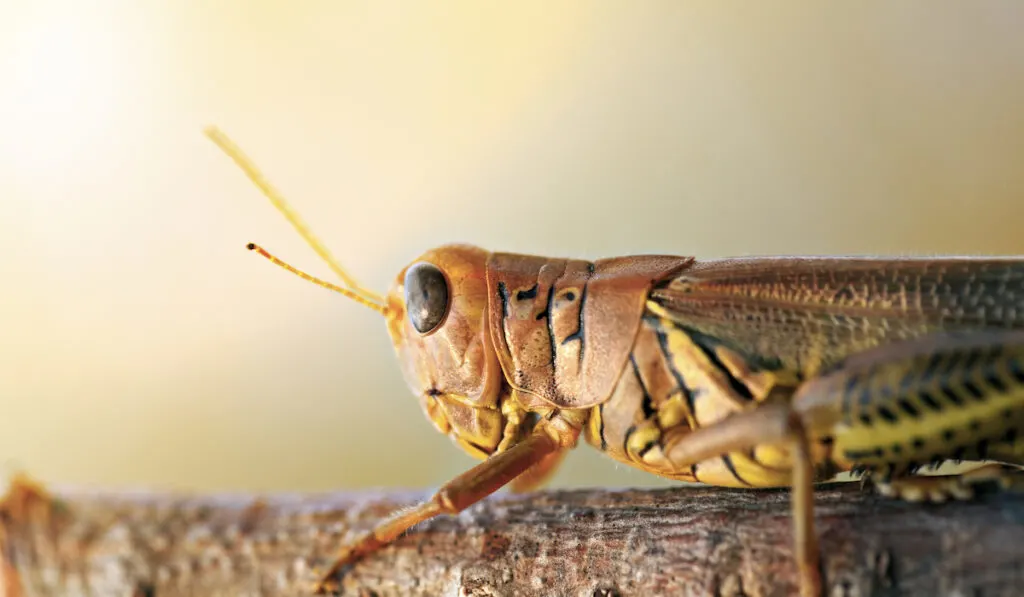
When you allow your pheasants to search for their food, they will eat many insects and other invertebrates. Examples of organisms that they will eat are:
- Grasshoppers
- Praying Mantises
- Spiders
- Snails
- Earthworms
These organisms are completely safe for your pheasants, so you should allow your pheasants to eat as much as they can find.
3. Insect Larvae
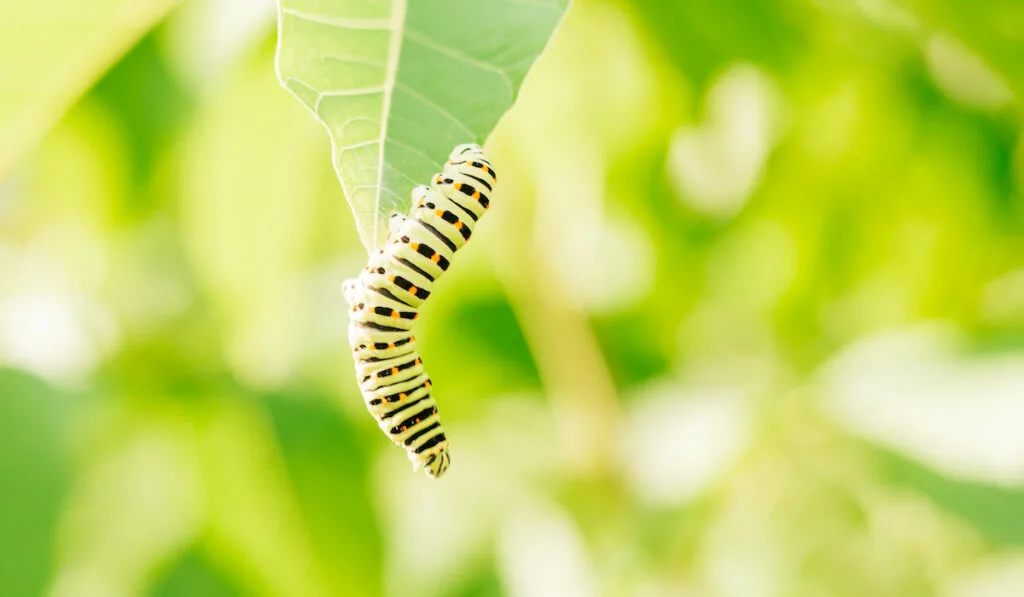
Pheasants do not just eat adult insects, they eat insect larvae. One popular insect larvae that pheasants eat is mealworm larvae.
Mealworms are rich in proteins and also common to find for your pheasants. What’s more? You can culture your own mealworm larvae for your pheasants. Here’s how:
- Poke little holes in the lower sides of a plastic container. These holes will help remove excess water from the container.
- Pour oats or bran into the container as a substrate for mealworms.
- Cut a raw potato in half and insert it into the container (on the substrate). The potato acts as both food and water for the mealworms. You can also sprinkle water into the container if you want.
- Get about 1-2 dozen mealworms from the pet shop and keep them in the container.
- In less than three weeks, your mealworms will become adult beetles that will lay eggs in the container.
- When you see new larvae, you can start collecting some mealworms and you can feed your pheasants with them.
- To give your mealworms more nutrition, you should feed them with kitchen wastes (vegetables) as well as potatoes and bran.
Why spend so much on feed when you can make yours by yourself?
4. Seeds and Nuts
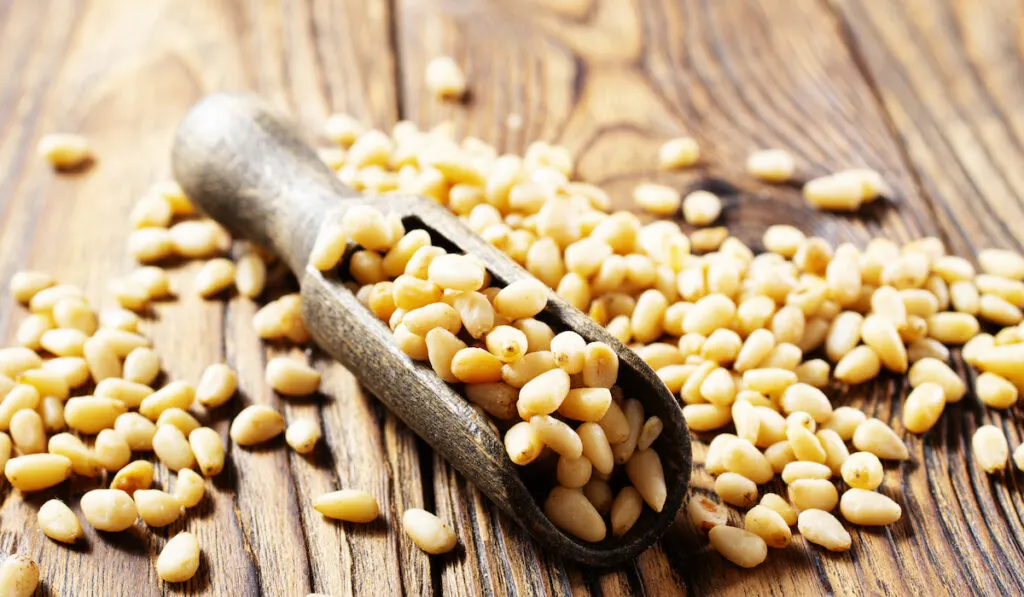
Seeds and nuts are healthy food sources for pheasants, however, I recommend that you do not give seeds and nuts to your pheasants as a meal. You should give seeds and nuts to your pheasants as treats so that you can use them to train your pheasants to return to their coop and also reward them during training.
Examples of seeds and nuts that you can give to your pheasants are:
- Sunflower seeds
- Safflower seeds
- Peanuts
- Snap peas
- Boiled Beans
Remember to give the seeds and nuts only as treats to your quails.
5. Grains
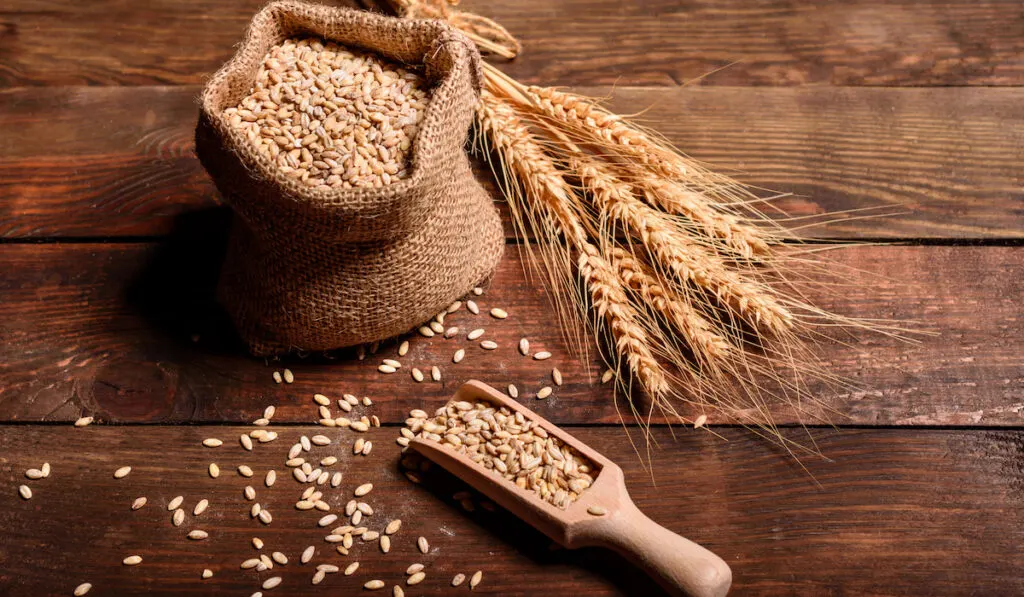
You should have a lot of grains when you are raising birds like pheasants. Grains have a lot of carbohydrates and proteins for your pheasants and pheasants love them. You can use grains as a feed supplement, especially for free-range pheasants.
Examples of grains that you can give to your pheasants are:
- Barley
- Wheat
- Millet
- Oats
- Rye
6. Fruits and Vegetables
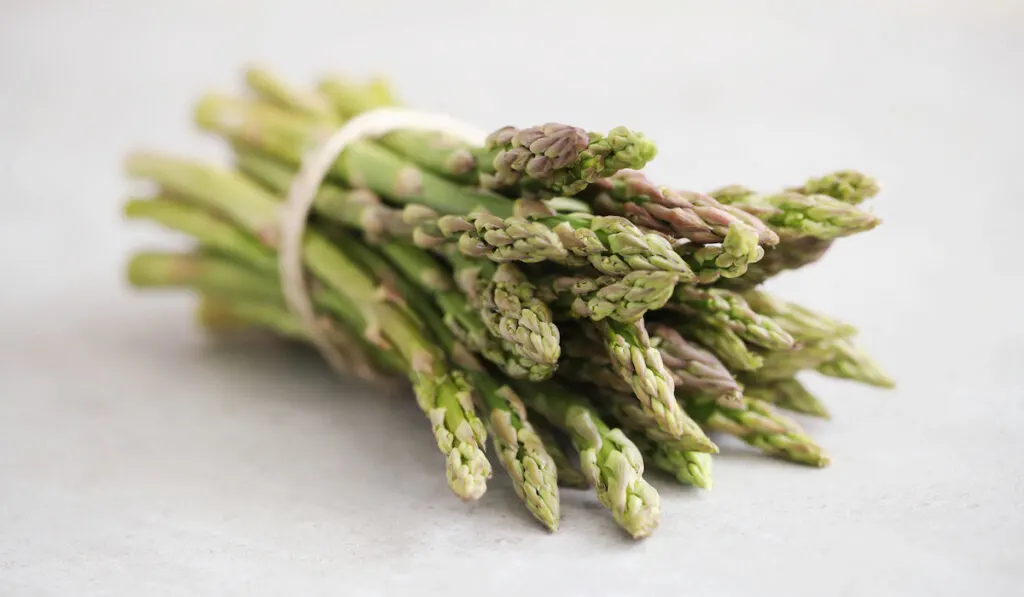
Pheasants love their fruits and vegetables. Though not the best sources of proteins, fruits and vegetables have a lot of vitamins and minerals for your pheasants.
Examples of fruits that your pheasants can eat are:
- Bananas
- Oranges
- Grapes
- Pineapples
- Watermelons
Examples of vegetables that your pheasants can eat are:
- Cauliflower
- Asparagus
- Carrots
- Cabbages
- Broccoli
What’s more? Pheasants can eat fruit peels and rinds, so nothing goes to waste.
7. Grass and Seedlings
Although most birds are omnivores, they usually prefer eating seeds, grains, and fruits over leaves and grasses. For pheasants, they can peck on and eat young leaves.
Pheasants eat a lot of grass leaves and young plants (seedlings). If you have a garden, you might want to nurse your seedlings far from your pheasants.
How to Care for Pheasants
Here are some great ways to care for your pheasants:
- Always Provide Food: Your pheasants should always have access to food. For foraging pheasants, you can place a feeding trough in your yard so that they can eat from that trough if they cannot find food.
- Clean Water Troughs Regularly: If you can’t drink it, do not give it to your birds. Pheasants can easily get sick from drinking contaminated water. You should always clean their drinking troughs.
- Prevent Predators from Reaching Your Birds: Rats, foxes, coyotes, etc. can be dangerous to your pheasants. You should use high and netted fences to prevent rats and other predators from reaching your birds.
Related Questions and Answers
1. Can Pheasants Fully Rely on Food They Find During Free-Range?
You can raise pheasants passively by allowing them to search for their own food, but they may not always find enough food especially if the yard is not big enough. During foraging, pheasants search for young plants, insects, etc.
In winter, your pheasants face a major challenge as snow covers most of the land and they may not find any food. You will have to provide your pheasants with food (grains) in winter.
How do you know if your pheasants can find enough food during free-range and do not need extra food? Raise some pheasants entirely on the feed you provide to them and allow others to search for their food.
If in four weeks, the pheasants that search for their food do not weigh as much as 75% of the weight of those fed with processed feed, you should provide extra feed to free-range pheasants as they are not getting enough feed.
2. Why Are Your Pheasants Eating Rocks and Sand?
It is common to find pheasants and other birds eating small rocks (known as grit). Pheasants and other birds eat grit to help with their digestion. Pheasants do not have teeth, but they have an organ (called a gizzard or mechanical stomach) where they use grit to grind their food into digestible materials.
If your pheasants eat grit, you should not worry as it is completely safe for them.
3. How Do You Care for Pheasants During the Winter?
Here are some care tips for pheasants in winter:
- Always Provide Grain: Your pheasants need food in winter (just like every other season). Birds can have a slow metabolism in winter because of low temperatures, so you should provide your pheasants with grains (which as easily digested) in winter. Digestion can also help keep your pheasants warm at night.
- Insulate the Coop: Make sure that you properly insulate the coop so that the low temperatures of winter do not harm your birds. You should also prevent drafts from reaching the birds.
- Make Sure That They Have the Right Temperature: You should provide the right temperature to your pheasants according to their age. Younger pheasants (those without full feather covering) need higher temperatures than older pheasants.
You can allow your pheasants to go out of their coop in winter, but make sure that their coop or pen is well-insulated and is just the right temperature so that they can return to it when they are feeling too cold.

4. Can You Raise Pheasants and Other Birds in the Same Coop?
You can raise pheasants and other birds such as chickens, ducks, etc. in the same coop if you want to. Use the tips below:
- Raise Them Young Together: It is easier to raise different species of birds together when they know each other as chicks. Birds raised as chicks together fight less often. To prevent your pheasants from fighting other birds, you should raise their young together.
- Keep Fewer Males: The males of the different bird species can fight often for territory, food, mate, etc. Female birds also fight, but usually when they are raising their young. To prevent your birds of different species from fighting constantly, you should raise fewer males.
- Provide Enough Food: You will face little to no problem in raising birds of different species when you provide them with enough feed. Make sure that they are eating the right feed (i.e. just the right amount of proteins and other nutrients).
You should collect more applicable tips from experienced homesteaders near you to raise birds of different species together.
5. Do Pheasants Fly? How Do You Prevent Them from Flying Away?
Pheasants can fly. Even though pheasants can fly, they prefer running and usually fly only short distances to get away from danger. To prevent your pheasants from getting lost or flying away, you may want to prevent them from flying at all. Here are some tips below:
- Train Them to Return to Their Coop: After 4-6 weeks of leaving their brooder box (or when they have complete feathers), you should train your pheasants so that they will return to their coop in the sunset (around 5-6 pm).
When it’s approaching sunset, give treats to pheasants that return early. Do so for 2-3 weeks (at least 4-5 times weekly). Continue giving them grain or seed treats until they all willingly return to their coop. You should continue giving them treats afterward 2-3 times weekly. - Raise Your Pheasants in a Restricted Yard: You can use nets or very tall fences to keep your pheasants from flying away. You can also raise your pheasants in a large well-ventilated pen and prevent them from going out.
- Trim the Wings of Your Pheasants: You can treat the wings of your pheasants once every 4 weeks to prevent them from flying. This is time-consuming as you need to pay attention so that you do not harm the birds and remember that you have to trim the wings of every bird.
If you train your pheasants successfully, you do not have to trim their wings to prevent them from flying as they will return on their own.
Final Thoughts
Pheasants are cool birds that you will enjoy adding to your farm.
Pheasants are omnivores, so they can eat different types of feed including animal and plant products.
Remember to give your pheasants enough proteins so that they can grow quickly and healthy.
Resources
- https://feedingnature.com/what-do-pheasants-eat/
- https://www.kennedywildbirdfood.co.uk/british-birds-a-z/pheasant/
- https://www.dnr.state.mn.us/birds/ringneckedpheasant.html
- https://www.thesprucepets.com/how-to-raise-mealworms-1237234
- https://www.dpi.nsw.gov.au/animals-and-livestock/poultry-and-birds/species/pheasant-raising/brooding
